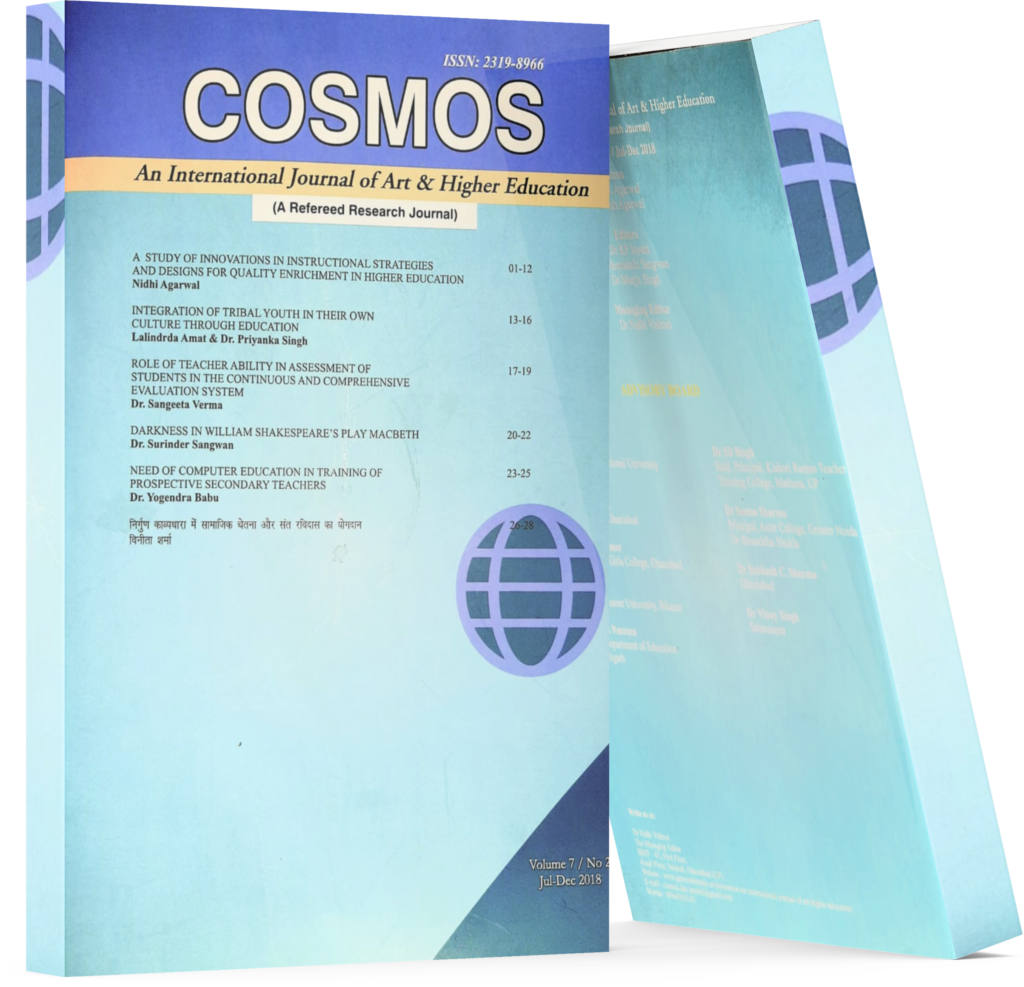Valuing The Students’ Rating Of Teaching: Students’ And Teachers’ Perspectives
Keywords:
Student Ratings, Teachers’ Perspectives, Students’ Perspectives, TeachingAbstract
With the current synchronous, asynchronous, and hybrid modalities, higher educational institutions (HEIs) adopt the student ratings to evaluate the effectiveness of teaching. It is widely used; but, is considered a controversial tool used in teacher evaluation. Although teacher ratings aimed at evaluating teaching and hoped to aid the teacher in professional enhancement, they were thought to affect faculty and adjunct performance reviews, tenure and promotion, departmental and program retention rates, and university recruitment. The main concern of the research was to determine the perceptions of the faculty or teachers and the students on the student ratings of teaching and how the data gathered impacted on instruction and evaluation. It was a descriptive research that utilized a standardized instrument responded by ninety-eight (98) college and senior high school faculty members at a private Catholic university.
Downloads
References
Campbell, J.P. and Bozeman, W.C., (2007). “The value of student ratings: perceptions of students, teachers, and administrators”. Community College Journal of Research and Practice, 32(1).
Clayson, D.E., (2018). “Student evaluation of teaching and matters of reliability”. Assessment & Evaluation in Higher Education, 43(4), 666-681.
Cookson Jr., P.W., (2006). “Your Ideal Classroom”. Teaching Pre K-8, 36(5), 14-16. doi:10.1080/00131946.2017.128331.
doi:10.1108/09684881111170096.
Giles, A., Martin, S.C., Bryce, D., & Hendry, G.D., (2004). “Students as partners in evaluation: student and teacher perspectives”. Assessment & Evaluation in Higher Education, 29(6), 681-685.
Hill, J.S. & Christian, T.Y., (2012). “College Student Perceptions and Ideals of Teaching: An Exploratory Pilot Study”. College Student Journal, 46(3), 589-602.
https://doi.org/10.1007/s10755-015-9328-5, 6. Huybers, T., (2014). “Student evaluation of teaching: the use of best-worst scaling”. Assessment & Evaluation in Higher Education, 39(4), 496-513.
Jackson, M.J., Helms, M.M. and Ahmadi, M., (2011). “Quality as a gap analysis of college students' expectations. Quality Assurance in Education: An International Perspective”, 19(4), 392-412.
Levin, B., (1979). “Teacher Evaluation-A Review of Research”. Educational Leadership, 37(3), 240.
Marshall, J.C., Smart, J. and Alston, D.M., (2016). “Development and validation of Teacher Intentionality of Practice Scale (TIPS): A measure to evaluate and scaffold teacher effectiveness”. Teaching & Teacher Education, 59159-168.
doi:10.1016/j.tate.2016.05.00.
Moldt, S.R., (2016). “Making the Grade: A Ground-Level Analysis of New York State's Teacher Performance Review Under The APPR”. Brigham Young University Education & Law Journal, (2), 217-262.
Moran, R.R., (2017). “The Impact of a High Stakes Teacher Evaluation System: Educator Perspectives on Accountability. Educational Studies, 53(2), 178-193.
Negru, O. & Damian, L., (2010). “Personal and Classroom Promoted Achievement Goals: Interdependence Between Students and Teachers”. Cognitie, Creier, Comportament / Cognition, Brain, Behavior, 14(2), 81-99.
Norris, J.M., Van der Mars, H., Kulinna, P., Kwon, J. & Amrein-Beardsley, A., (2017). “A Document Analysis of Teacher Evaluation Systems Specific to Physical Education”. Physical Educator, 74(4), 757-788.
Pepe, J.W. and Wang, M.C., (2012). “What Instructor Qualities Do Students Reward?”. College Student Journal, 46(3), 603-614.
Rice, S.M., (2014). “Working to maximise the effectiveness of a staffing mix: what holds more and less effective teachers in a school, and what drives them away?”. Educational Review, 66(3), 311-329.
Roorda, D.L., Jak, S., Zee, M., Oort, F.J. & Koomen, H.Y., (2017). “Affective Teacher Student Relationships and Students' Engagement and Achievement: A Meta Analytic Update and Test of the Mediating Role of Engagement”. School Psychology Review, 46(3), 239-261.
Rostamzadeh, Z., Zareh, Z. and Homan, K., (2013). “The viewpoint of paramedical students' of Urmia University of Medical Sciences about the influential factors on teachers' evaluation”. Future of Medical Education Journal, 3(3), 41-45.
Rydeen, J.E., (2005). “The Ideal Classroom”. American School & University. p. 67
Stupans, I., McGuren, T. & Babey, A., (2016). “Student Evaluation of Teaching: A Study Exploring Student Rating Instrument Free form Text Comments”. Innovative Higher Education, 41(1), 33-42.
Tucker, P.D. and Stronge, J.H., (2005). “Linking Teacher Evaluation and Student Learning”, Alexandria, VA: Assoc. for Supervision and Curriculum Development.
Van der Lans, R.M., Van de Grift, W.M. & Van Veen, K., (2018). “Developing an Instrument for Teacher Feedback: Using the Rasch Model to Explore Teachers' Development of Effective Teaching Strategies and Behaviors”. Journal of Experimental Education, 86(2), 247-264.
Welsh, M.E., (2011). “Measuring Teacher Effectiveness in Gifted Education: Some Challenges and Suggestions”. Journal of Advanced Academics, 22(5), 750-770.

